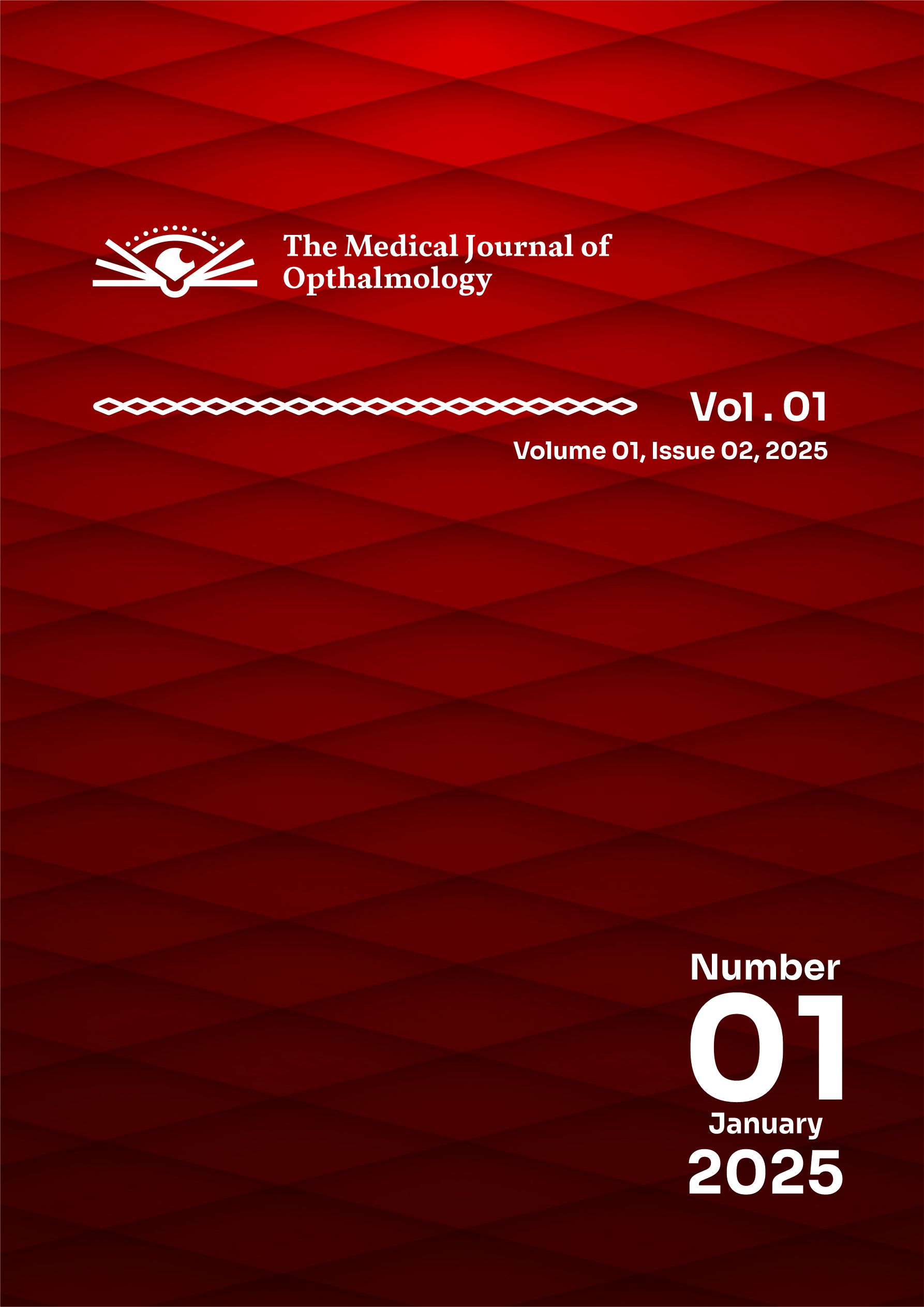Diabetic Retinopathy and Quality of Life
Main Article Content
Abstract
Background: The literature on diabetic retinopathy (DR) and its implications for quality of life reveals a multifaceted relationship between visual impairment and the overall well-being of individuals affected by this condition. Literature Review: Empirical evidence from (Deswal et al., 2020) further supports the notion that DR has a detrimental impact on quality of life, particularly within the Indian diabetic population. Their findings reveal significant correlations between the severity of DR, financial worries, and treatment satisfaction, underscoring the socioeconomic implications of living with this condition. Similarly, (Roberts-Martínez Aguirre et al., 2022) emphasize the extensive effects of visual impairment on daily activities and social engagement, advocating for a holistic approach to patient care that addresses both clinical and experiential dimensions. (Fan et al., 2022) contribute qualitative insights into the psychological and social challenges faced by individuals with DR, illuminating the emotional toll of the condition. This perspective is echoed in (Patel et al., 2022), who examine the social determinants of health affecting DR prevalence and management, highlighting the critical need for equitable healthcare access. Finally, (A. Sherman et al., 2022) provide a qualitative analysis of patient experiences with proliferative diabetic retinopathy, revealing the extensive burdens associated with managing advanced DR and the unmet needs in current treatment strategies. Conclusion: In conclusion, the literature collectively underscores the profound impact of diabetic retinopathy on quality of life, advocating for a comprehensive approach to patient care that addresses both the clinical and psychosocial dimensions of the disease. The integration of technological advancements, improved screening practices, and a focus on patient-centered care are essential for enhancing outcomes for individuals living with diabetic retinopathy.

